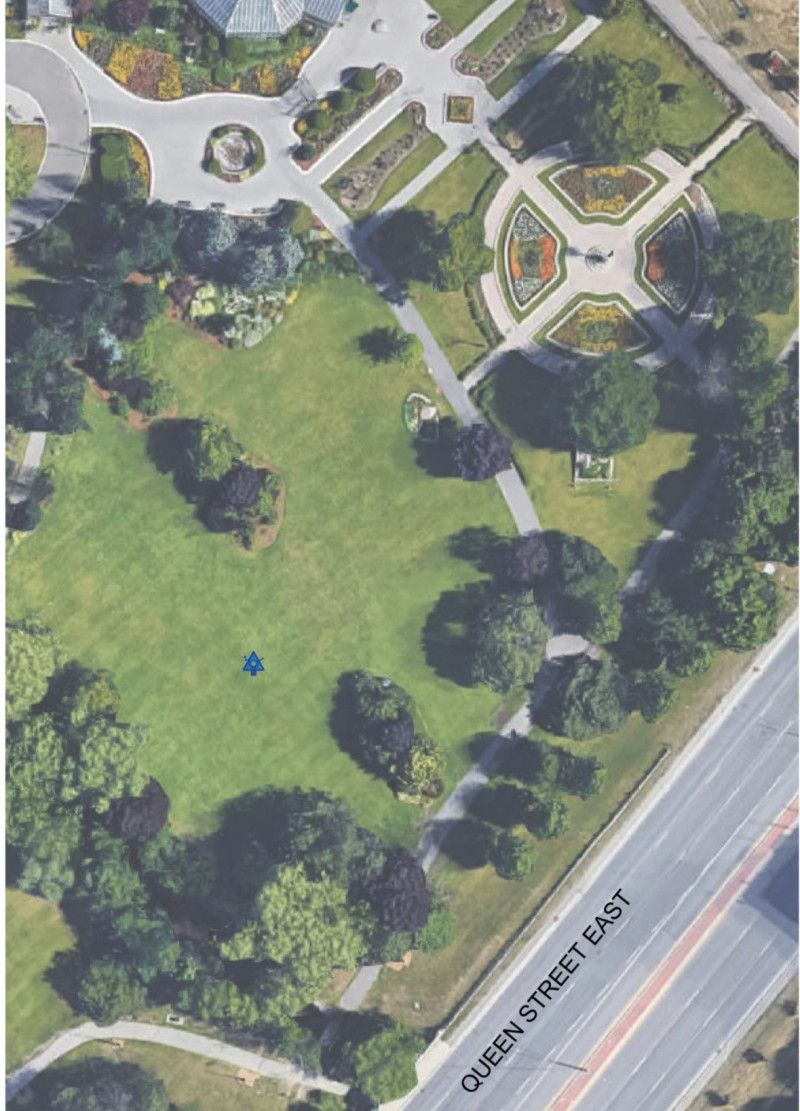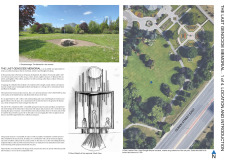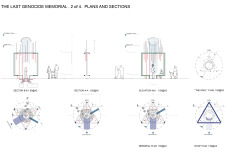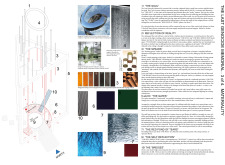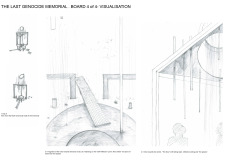5 key facts about this project
The architectural design of the memorial is centered on poignant symbolism, each element carefully considered to evoke emotion and provoke thought. The 'Soul' is a central feature, crafted from reflective steel, which invites visitors to consider their own identities and memories while also paying homage to the lost lives represented by the space. This aspect allows for an interaction between the past and the present, as visitors can glimpse themselves in the structure, underscoring a connection to both history and humanity.
Surrounding this focal point is the 'Red Pond of Tears,' a water feature symbolizing collective grief. Its vivid coloring serves to remind visitors of the sorrow associated with genocide, inviting personal reflection and emotional engagement. The design choices extend beyond aesthetic appeal; they encourage a dialogue between the memorial and its visitors, urging individuals to engage with the narratives behind the structure.
Vertical aspects of the design, referred to as the 'Spears,' provide an additional layer of meaning. These elements, rising from the lower sections of the memorial, visually represent vulnerability while simultaneously embodying strength and resilience. This duality reflects the complex emotions tied to remembrance, reinforcing the idea that while the past is fraught with pain, there is also a possibility for healing and renewal.
To navigate through the memorial, pathways connect significant areas, carefully guiding visitors through an intentional flow that enhances the experiential journey. Each transition between spaces is designed to maximize reflection, prompting visitors to pause and consider the implications of what they encounter. The interplay of light through the architectural openings creates varying atmospheres throughout the day, allowing the environment to transform and respond to the movements of visitors, thereby deepening their emotional experience.
Materiality plays a vital role in the project’s overall impact. Corten steel, known for its weathered appearance, is employed to evoke the passage of time and historical context. This aging material resonates with themes of memory, accentuating the memorial’s connection to the past while providing a tactile experience for visitors. Elements of glass reflect the surrounding landscape and skies, further promoting an integration with the natural world. Concrete and wood are incorporated into the pathways and structural components, providing a sense of permanence and stability amidst the changing memories that the memorial embodies.
The distinct architectural strategies employed in this project are reflective of a deep understanding of the interplay between structure and emotional experience. The thoughtful placement of elements, alongside careful considerations of material and form, results in a memorial that is not solely a space for mourning but also one that promotes hope and resilience. By encouraging visitors to share in this experience, the design becomes a communal space for understanding and dialogue, providing an avenue for healing both individually and collectively.
For those interested in diving deeper into the nuances of The Last Genocide Memorial, it is recommended to explore the architectural plans, sections, and detailed designs that reflect the innovative ideas behind this project. A thorough examination of these elements can provide a richer insight into the architectural intentions and the meaningful experiences they aim to cultivate within this poignant memorial space.


